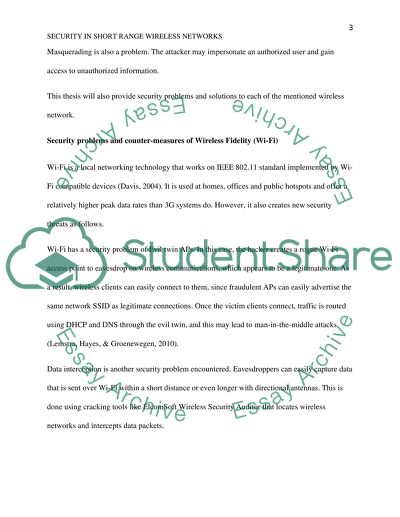Cite this document
(“Security in Short Range Wireless Networks Thesis”, n.d.)
Security in Short Range Wireless Networks Thesis. Retrieved from https://studentshare.org/information-technology/1638541-security-in-short-range-wireless-networks
Security in Short Range Wireless Networks Thesis. Retrieved from https://studentshare.org/information-technology/1638541-security-in-short-range-wireless-networks
(Security in Short Range Wireless Networks Thesis)
Security in Short Range Wireless Networks Thesis. https://studentshare.org/information-technology/1638541-security-in-short-range-wireless-networks.
Security in Short Range Wireless Networks Thesis. https://studentshare.org/information-technology/1638541-security-in-short-range-wireless-networks.
“Security in Short Range Wireless Networks Thesis”, n.d. https://studentshare.org/information-technology/1638541-security-in-short-range-wireless-networks.


